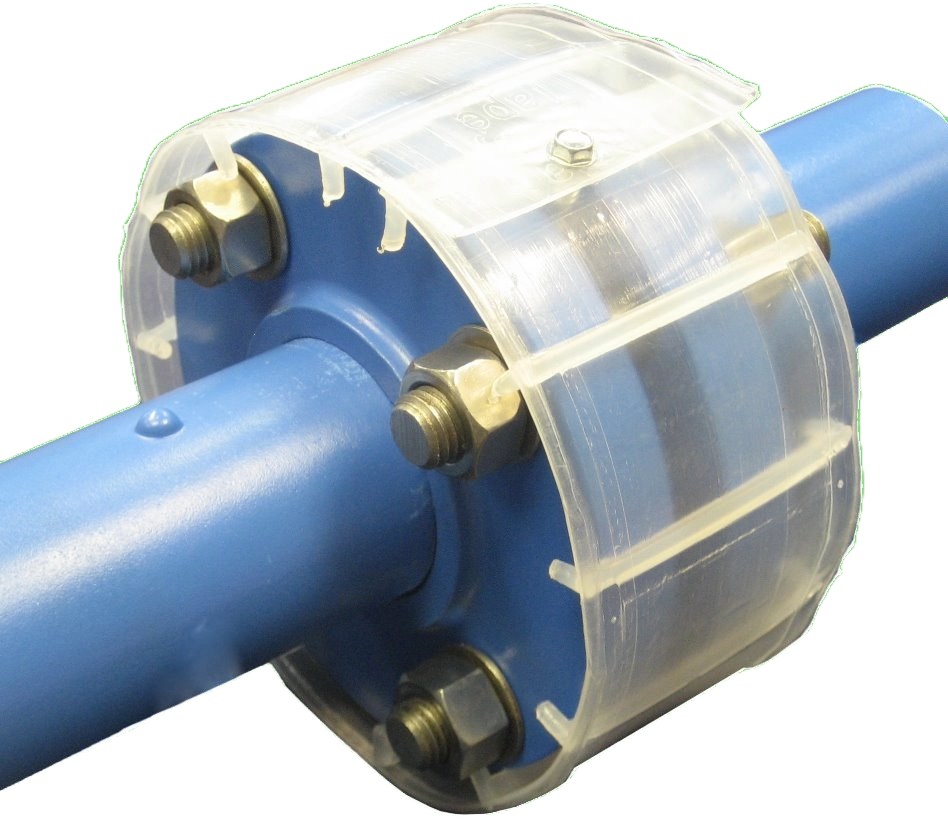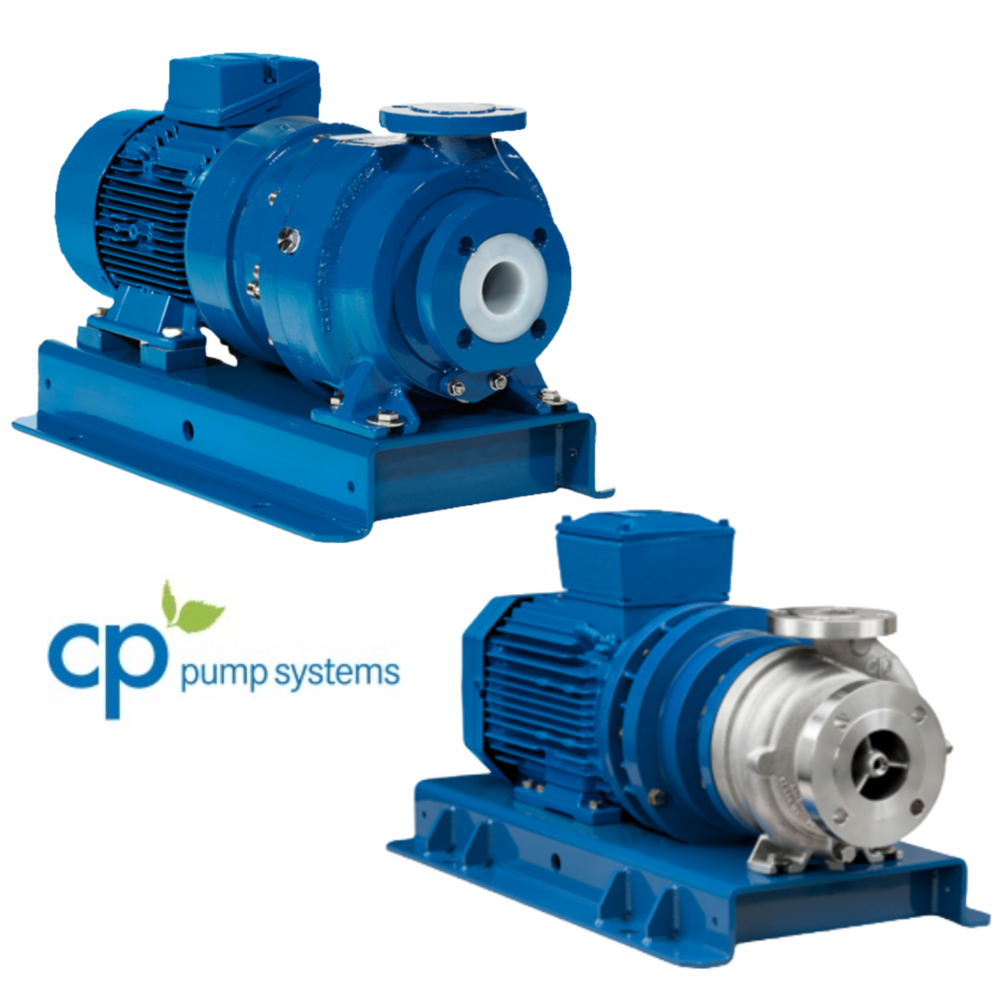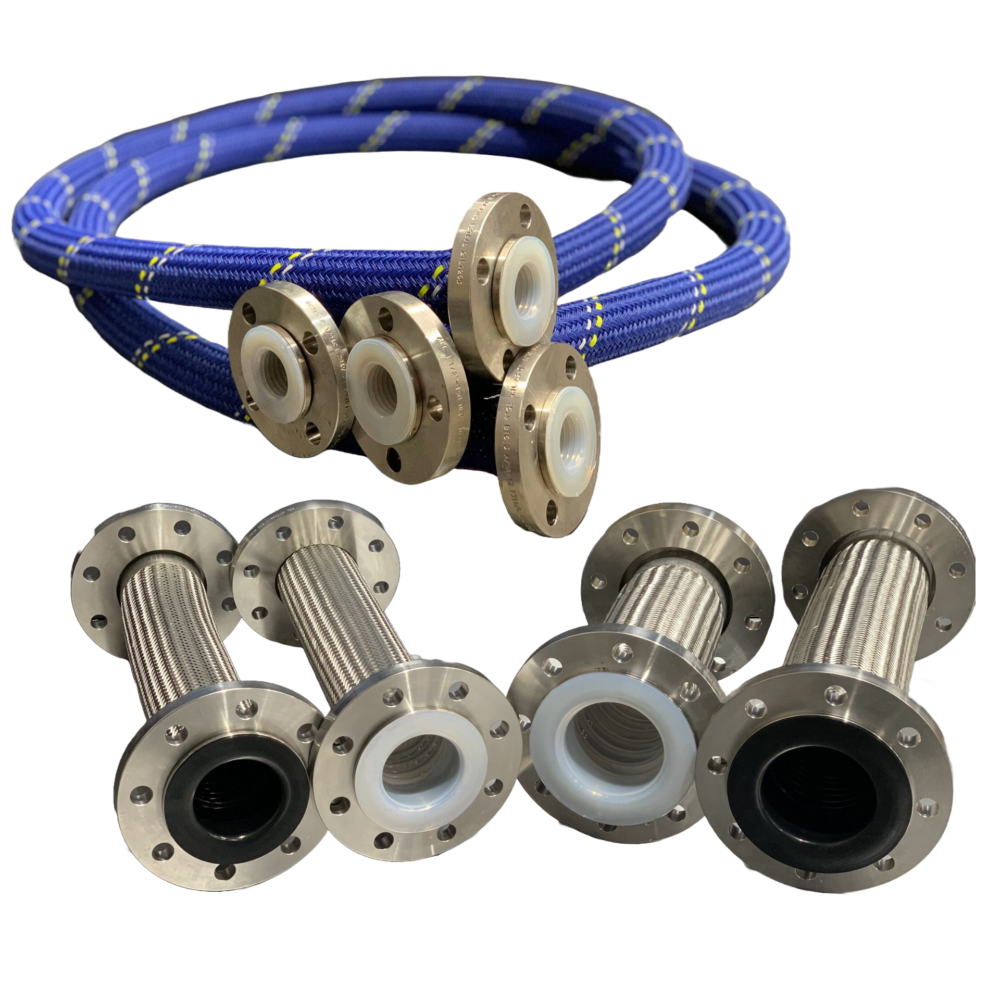Field Flare Pipe System Training
Introduction
Field Flare piping is a useful addition to the toolbox of any serious user of lined equipment. It provides a simple self-help system, enabling the local fabrication of spools for emergency use or for the odd small modification or maintenance task. Occasionally becuase of historic site development or convenience some customers manufacture all of their spool requirements locally and CRP can support such users.
Flaring Equipment and Methods
CRP provide a comprehensive range of field flare materials and manufacturing and installation tooling. There are essentially two different methods of flaring using either independently heated tools with an expanding mandrel to support them – Heated Tool Expanding Mandrel Flaring – or alternatively using hot air to heat the PTFE liner and a hub puller to support the tools – Hot Air Hub Pulling Flaring. Historically the heated tool expanding mandrel flaring has been used for sliding fit liner systems and hot air hub pulling flaring has been used for tight fit liner systems, but they are capable with working with both lining systems.
Training Objective
Through the provision of training CRP can “approve” nominated staff of the end user or their contractor in the use and installation of field flare spools.
Training Method
Usually this is provided via a practical training session at CRP’s factory. This enables the candidates not only to undertake hands on training on the activity of field flaring, but also to understand all of the the other issues that surround the use of fluoropolymer lined equipment
Training Syllabus
The basic syllabus to be covered in classroom sessions is as follows:
- Overview of PTFE and its characteristics.
- How lined piping systems work.
- When and why to use a field flare system.
- Venting systems and the reasons why.
- Mechanics of field flare.
- Varieties of field flare piping.
- Varieties of flaring systems.
- How it is delivered.
Practical training then comprises:
- Storage and handling on site.
- The field flare toolkit – its components, care and maintenance.
- Health and Safety personal protective equipment, risks.
- Site Measurement:
- Allowance for liner thickness.
- Steelwork fabrication methods.
- Steelwork preparation, deburring, radiussing, venting.
- Preparation of working area and service requirements.
- Preparing tools.
- Preparing liner.
- The flare.
- Fitting the makeup piece.
- Bolting.
- Inspection.
- Practical.
This training would be mixed in with the hands on training in which the personnel get to undertake field flares and receive practical instruction.
Examination
The examination is practical and consists of getting the trainee to fabricate one end of a field flare spools. Materials and tooling are provided, but no documentation or instruction.
Feedback is given after completion or failure, and further instruction given if required.
Certification
CRP provides documentation explaining the scope of the training and its completion for each individual. We forward this certification to you for retention or distribution as you see fit.
Course Materials
We provide course materials for each attendee, which includes notes relating to the presentation and other reference materials for subsequent reference.
Caveat
It is important to comment that we are not acting as paid consultants. We are not insured for such a role. However, we believe that we can bring a wealth of both theoretical and practical experience that is not available from other sources, which should give your team and others a good background in working with these materials. Costs are usually on the basis of meeting our expenses.
























































